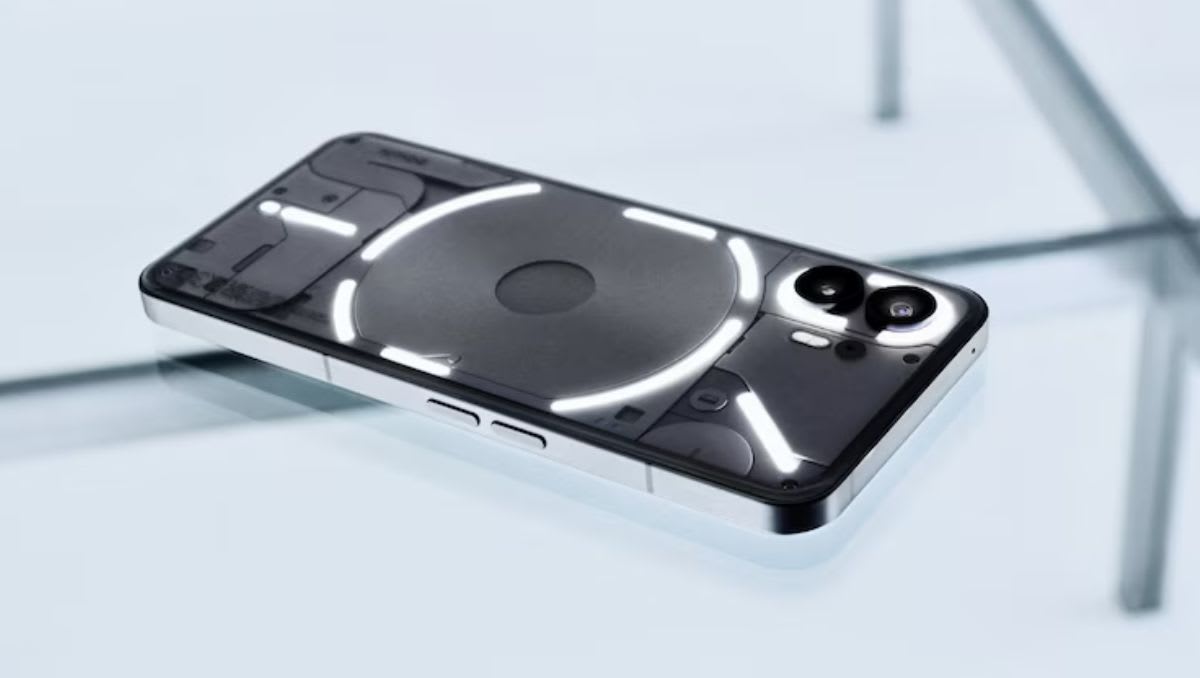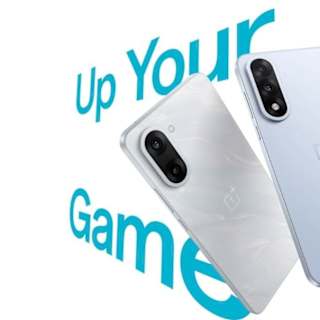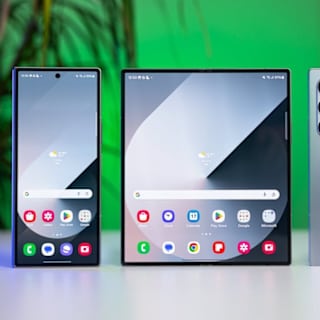- Hardware and Design
- Pricing and Availability
- Broader Stakes
A week before launch, London-based startup Nothing has confirmed that its Phone 3 will debut on 1 July, powered by Qualcomm’s latest Snapdragon 8s Gen 4 chip. An FCC filing made public on 23 June and company teasers on X outline a device that aims to vault the three-year-old brand into the flagship tier of Android phones.
The phone, model A024, will be Nothing’s first to ship widely in the United States and the first the company calls a “true flagship.” Founder Carl Pei says the new silicon delivers a 36 percent CPU uplift and an 88 percent jump in GPU performance over last year’s Phone 2.

The filing shows Android 15-based Nothing OS 3.3, a 5,150 mAh battery and 65-watt wired charging, alongside tri-band Wi-Fi 6E and NFC1. Camera hardware expands to a 50-megapixel main sensor, 50-megapixel ultrawide, and a new 50-megapixel periscope telephoto offering 3× optical zoom, a first for the company23. Nothing’s trademark transparent back now hosts a “Glyph Matrix,” a grid of micro-LEDs meant to give users finer-grained visual alerts than the earlier light strips41.
Pei, speaking in a 40-minute community video, framed the spec sheet as a response to heavier workloads: “People will use these products for many hours a day, so for us it’s about creating a holistic experience”5. Geekbench listings suggest variants with up to 16 GB of RAM, scoring 2,076 single-core and 6,577 multi-core—well ahead of the Phone 2’s numbers6.
Nothing has signalled a price of roughly £800 (about $799 in the U.S. for 12 GB/256 GB), edging the handset into iPhone 16 and Galaxy S25 territory12. That is a sharp increase from the Phone 2’s $599 entry price last year, a shift Pei attributes to “premium materials” and an upgraded component stack2. The company says Amazon will sell the device in the U.S. at launch, a first after prior models relied on limited-run beta programs3. A higher-storage 16 GB/512 GB option is rumored at $8991.
For Nothing—whose earlier phones leaned mid-range—the Phone 3 is a bid to escape niche status as global Android shipments flatten. The handset will share the stage with “Headphone 1,” the company’s first over-ear cans, signaling a broader hardware ecosystem push12. Nothing also promises five years of Android OS updates and seven years of security patches, outpacing the support window of several larger rivals3.
IDC analyst Marta Pinto notes that “Nothing’s challenge is to marry design with mainstream distribution; a Snapdragon 8-class phone sold on Amazon is a necessary test.” Pei is more succinct: “We really have to outperform our previous flagship, or we shouldn’t be doing this at all”4.


